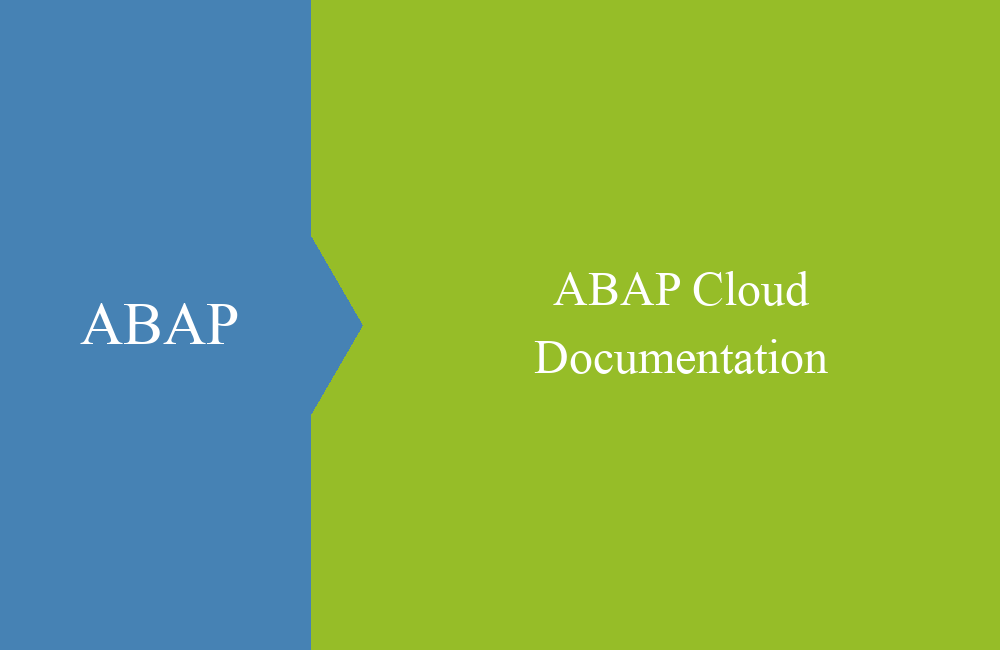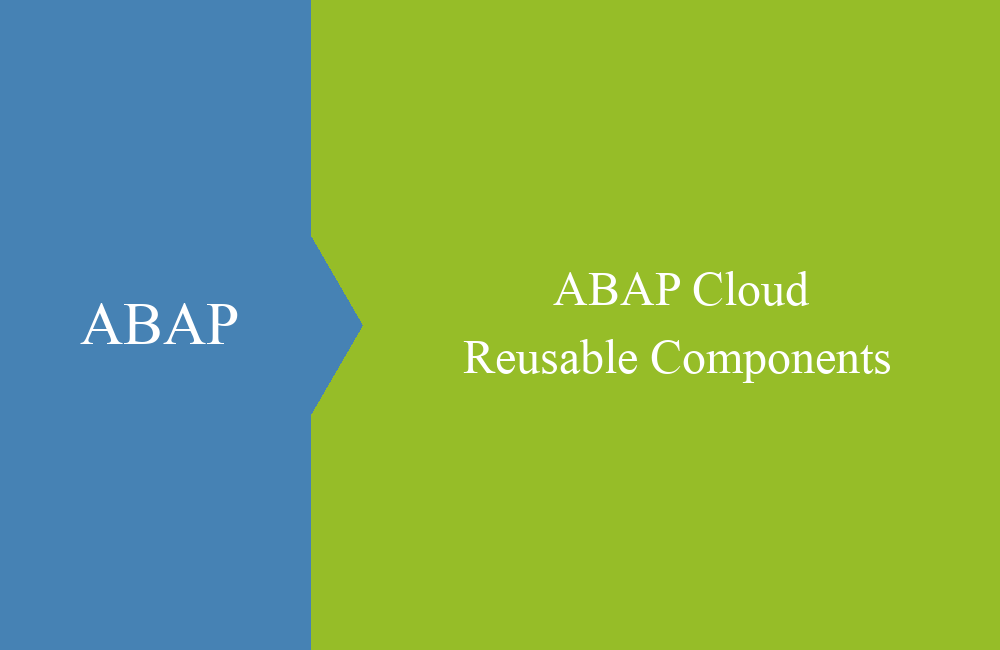
ABAP Cloud - CRV Update & TIER-3
How can you find the right API for your scenario in ABAP Cloud and what do you actually do with TIER-3 in your development? More information here.
Table of contents
In this article we look at the current information on successor objects and how you can still set up TIER-3 securely and stably.
Introduction
We already wrote an article about the Cloudification Repository last year. This is about the possibility of accessing released APIs that we need for development in TIER-1. You also have the opportunity to find stable APIs for TIER-2, which you can then make available in wrapper objects for ABAP Cloud.
ABAP Cloud
If you start with ABAP Cloud in your system, the first step you will take is to deal with the 3-TIER model. Each layer has a different function for mapping objects in the system. The goal, however, is to become TIER-1 only so that the system is Clean Core and Cloud Ready. The path to this will not be easy for most customers, however, and you will start with a large proportion at TIER-3.
TIER-1 (ABAP Cloud)
In the ABAP Cloud area, you can only use approved SAP APIs; you can find these in the system using their C1 contract. If you want to get an overview, you can search for other APIs in the Cloudification Repository. This is particularly helpful if you are on an older release, as the objects may already be in the system but have not yet been released.
- Cloudification Repository - Current (Private Cloud / On-Premise)
- Cloudification Repository - Current (Public Cloud)
TIER-2 (API)
In TIER-2 you wrap standard SAP objects that you want to use in TIER-1. In most cases there is no official API yet, but SAP makes suggestions as to which objects you can use. In the repository you will find APIs that you can use for your wrappers.
Unsuitable APIs for TIER-2 include FORM routines, reports, SAP GUI logic and other types of objects that are obsolete in ABAP Cloud.
TIER-3 (Classic)
The repository for TIER-3 objects is new. This is a collection of objects that you can use in TIER-3 and that will remain stable in the future. Developments in this area that rely on these objects will still be upgrade stable in the future.
Such objects include, for example, the CL_GUI_ALV_GRID class, as it will remain stable but is not ABAP Cloud capable. This means that upgrade-stable reports can be implemented in TIER-3.
Cloudification Repository Viewer
The Cloudification Repository contains all the information on a technical level to find the successor to a classic API. This means you can use the repo in the ABAP Test Cockpit (ATC), for example. If you need the information as a developer or consultant, a simpler interface with a search function is always better.
Variants
The CRV is currently available in two variants: our variant in which we have tried to integrate the information in a simple list as compactly as possible. The second version is from SAP and pursues the completeness of the information and an SAP Fiori style to better fit into the SAP tool landscape.
No matter which version you choose, you will get the corresponding information about successors in both versions.
Update
We have once again revised and standardized the internal API of the tool in order to prepare all repositories in the same way. In the classic APIs you will often find labels when it comes to remote availability and transactional consistency. This will also tell you a little more about the use of the object and the stability when used in the RAP context.
The latest version also includes the Classic API for TIER-3, which is useful if you do a lot of classic development and have not yet started migrating to TIER-1/2. Depending on the release and FPS, you should also look at the other versions when looking for available APIs in the system. The higher the FPS, the more objects have probably been released by SAP.
TIER-3
So what should you do with the classic ABAP development in the system? If you are just starting out with the ABAP Cloud in your company, you will be faced with a huge mountain of classic development. The good news is that you have plenty of time to take care of your existing applications and decide what to do with them in the future. In this chapter, we want to give you a few tips on how to proceed.
Stability
Your current developments will continue and you can check in the first steps whether you are already using many of the recommended TIER-3 objects. This will make your application upgrade stable and you will have less to worry about something not working after an upgrade.
Changes
In the second step, you can make sure that you adhere to best practices in software development when developing new functions in TIER-3. Are the functions decoupled from the UI so that you can migrate them more easily to cloud-ready applications? Are things encapsulated in objects and written in a testable manner? This ensures that the system is testable and is future-proof.
You should expand access to tables step by step and replace them with Core Data Services. This makes subsequent migrations to ABAP Cloud much easier, as these accesses no longer need to be replaced. The biggest challenge here is adapting the field names, as these are usually very different from the classic table.
New Development
If you want to develop new applications, you should perhaps consider a media break and implement the application as Fiori with ABAP Cloud. This way, you will implement new developments step by step in the new way and learn a lot in the process. In principle, SAP GUI applications can also be attached to the Fiori Launchpad or the SAP Build Work Zone so that both applications can be accessed via one entry point.
Extensibility
How should you extend the system? Try to focus primarily on BADIs, even if they may not yet be clean core. This methodology is still better than a hard modification or working with explicit or implicit enhancements. You can already outsource the logic to your own implementations in TIER-1/TIER-2 so that you have a certain level of governance over the content.
Governance
To keep an overview of the current landscape, you can use the ABAP Test Cockpit to enable checks that remind and alert your developers about released APIs, again using the Cloudification repository.
Conclusion
If you want to achieve more upgrade stability in the system in the future, then the Classic APIs in the TIER-2 and TIER-3 areas will also help you. With TIER-3 you will not be cloud ready, but you will have a stable system, even after an upgrade.





